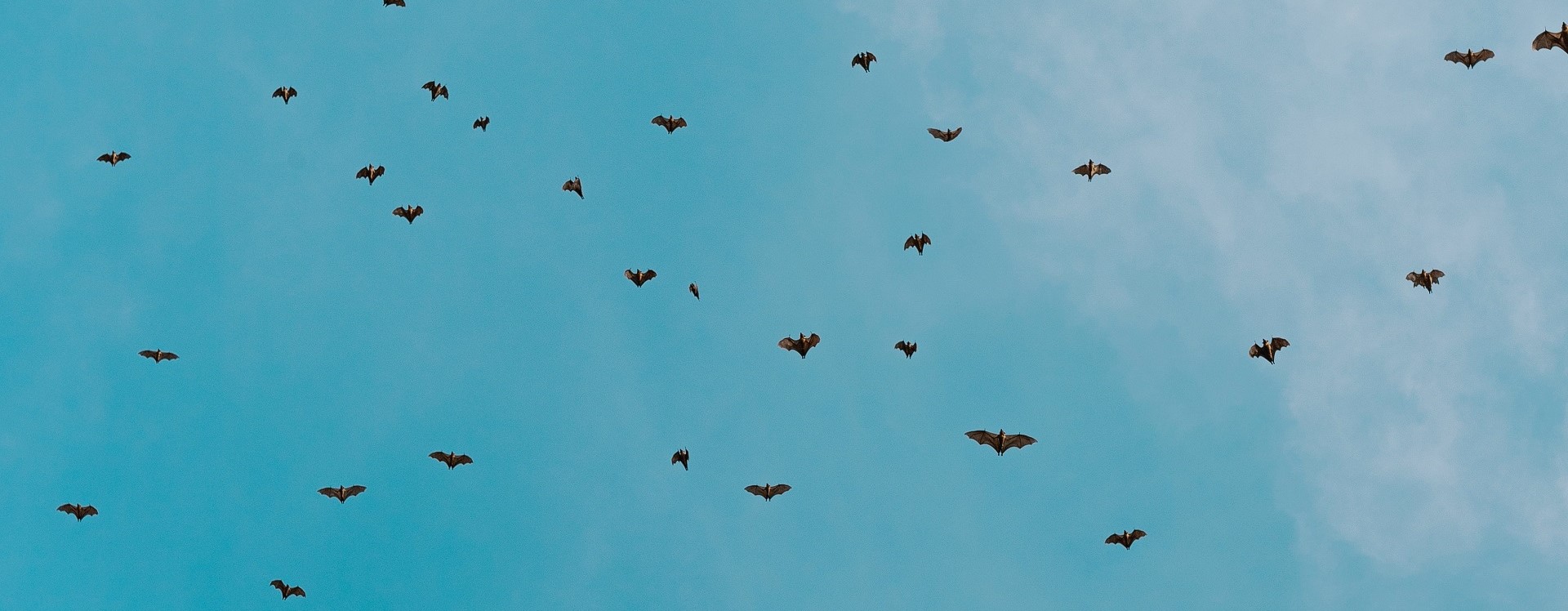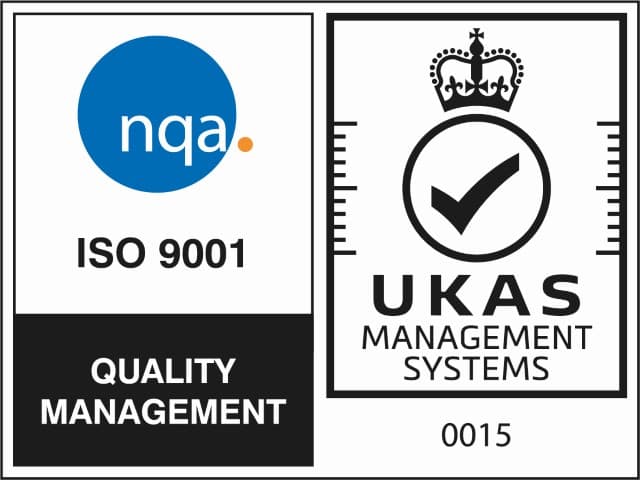Bats rarely cause problems and can coexist with homeowners without any problems, often going unnoticed. But if you are concerned about bats in your home, these are the signs you can look out for to identify whether bats are living in your property.
Bats in the UK
The UK is home to 17 different species of bat, all of which are very small and weigh less than 30g. With the natural habitats of bats being destroyed by humans, bats have adapted to using man-made buildings for breeding and roosting. They can access a property through a gap as small as 20mm and take shelter in many places including lofts, cellars, roofing felt, drain pipes and guttering, under lead flashing and window sills, between roof tiles, above soffits, between fascias, in cavity walls, under gables, and in eaves. In such cases, it becomes crucial to ensure that any necessary roof repairs are carried out by professionals.
Unlike mouse and rat infestations, bats are harmless and pose no damage to your property. They eat only insects and they don’t gnaw through cables, wood, wires, or insulation. They won’t infest your property as they have only one baby per year and they don’t build nests. Bats are clean animals and pose no health risk to humans – rabies is only transmitted through the bite or scratch from an infected bat and you are at no risk if you do not handle the bat.
3 Signs of Bats in Your Property
Bats are very common, but it can be difficult to identify them in your home. You may see no sign of bats at all and often homeowners are completely unaware of their presence. Bats hibernate in winter and awaken in summer when they are most active at night and will often return seasonally to the same roost – so look out for these signs at this time of year.
-
Bat Droppings
The best way to detect bats is through their droppings. Bat droppings are similar to mice droppings in size and colour, but, unlike mouse droppings, bat droppings will crumble to dust under pressure. They are often found accumulated on windows, walls, sills, around gable ends, around chimneys, and under the ridge of the roof void where they are roosting.
-
Bat Chattering
You can also identify bats through the noise they make. Whilst bats tend to be extremely quiet as they communicate through sonar, you may hear a chattering sound that they make, which is like a high pitched squeaking and scratching sound. Listen out for bats chattering at dusk before they fly out to feed. They are particularly vocal at dawn in July and August when the babies call out to their mothers as they return from the night’s hunting.
-
Watch for Bat Emergence
Another great way to identify bats in your property is to carry out an emergence survey. Watch your building at dusk in the summer months to see if any bats emerge when they leave their roost at night to feed. Bats may also be visible on the ridge beams inside the roof void.
Book a Survey
If you have identified any of these signs and think that bats may be living in your home, contact Natural England for further advice. Bats are protected by the Wildlife and Countryside Act 1981 which makes it a criminal offence to deliberately harm, capture, kill, or disturb a bat or recklessly damage or destroy their roost.
If you are buying a house, a building survey by an RICS surveyor will check for signs that bats are present. Get an instant survey quote today or contact our team for more advice.











